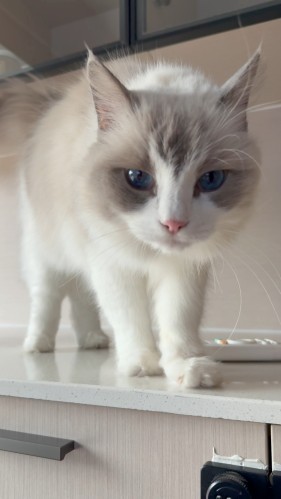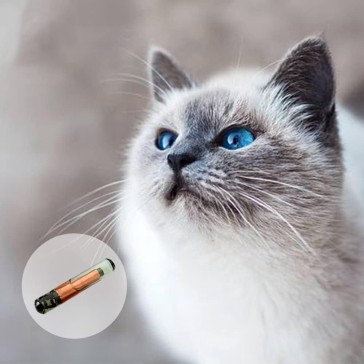Respiratory infections are among the most frequent health issues in cats, especially in environments where multiple cats share space. One of the most common viral culprits is Feline Calicivirus (FCV)—a contagious pathogen that affects a cat’s respiratory system, eyes, and sometimes joints or mouth.
Understanding how FCV spreads and how to detect it early can make a significant difference in your cat’s recovery and the protection of other cats around them.
What Is Feline Calicivirus?
Feline Calicivirus (FCV) is a highly contagious RNA virus that causes upper respiratory tract infections in cats. It is one of the primary viruses behind feline respiratory disease complex, often alongside feline herpesvirus (FHV-1).
Once infected, a cat can experience acute symptoms, and in some cases, may become a chronic carrier, shedding the virus intermittently even after recovery.
How Does FCV Spread?
FCV is transmitted through:
Saliva and nasal discharge
Eye secretions (conjunctival fluid)
Shared items like food bowls, litter boxes, toys
Direct cat-to-cat contact, grooming or sneezing
Because of its high transmissibility, FCV outbreaks are common in shelters, multi-cat households, and catteries.
Signs and Symptoms of FCV
Symptoms can range from mild to more serious, depending on the strain of the virus and the cat’s immune response:
Sneezing and runny nose
Red, swollen, or watery eyes
Mouth ulcers or sores on the tongue
Excessive drooling
Loss of appetite
Fever and fatigue
Limping (in some cases due to joint inflammation)
Some strains can also cause systemic illness, though this is less common.
Why Early Detection Matters
Quick identification of FCV allows for:
✅ Early treatment to reduce symptom severity
✅ Isolation protocols to prevent infecting other cats
✅ Better long-term outcomes through timely care
✅ Peace of mind in multi-cat environments
In both clinical and home settings, having access to reliable testing can guide decisions about treatment, quarantine, and next steps.
Advances in At-Home Virus Screening
Thanks to veterinary diagnostic innovations, detecting FCV no longer requires waiting days for lab results.
ISENVO’s Feline Calicivirus (FCV) Rapid Antigen Test Kit is one such tool that empowers cat owners and veterinarians alike to screen for FCV antigens within minutes using non-invasive samples—such as saliva, nasal swabs, or eye secretions.
⚙️ Key Advantages of Rapid Testing Tools Like ISENVO:
Fast results in just 5–10 minutes
No blood required – gentle sampling from eye or nose
Simple 3-step process – easy for both vet clinics and home use
Accurate antigen detection based on immunochromatographic technology
Complete test kit – no additional equipment needed
Compact and shelf-stable – stores at room temperature for up to 12 months
Such kits serve as auxiliary diagnostic tools, especially useful for identifying infection early—when cats may still appear only mildly symptomatic.
Tips to Prevent FCV Infection
While rapid testing plays a critical role in early detection, prevention and supportive care remain key:
Vaccinate Regularly
Most core feline vaccines include FCV protection, helping reduce severity even if infection occurs.
Sanitize Shared Items
Clean food dishes, toys, and bedding frequently, especially in multi-cat households.
Isolate Sick Cats
Separate infected or symptomatic cats to avoid virus transmission.
Minimize Stress
Stress can compromise a cat’s immune system and may trigger viral shedding in carriers.
Final Thoughts
Feline Calicivirus is widespread, but with the right knowledge and tools, it doesn’t have to be a major health crisis. Early detection through reliable, easy-to-use tests—like those offered by ISENVO—can help cat owners take action before the virus spreads or symptoms worsen.
Whether you’re managing a shelter, breeding program, or just keeping a close eye on your feline family at home, rapid FCV screening gives you a critical head start on care.
Because when it comes to feline health, knowing early means healing early.










Validate your login